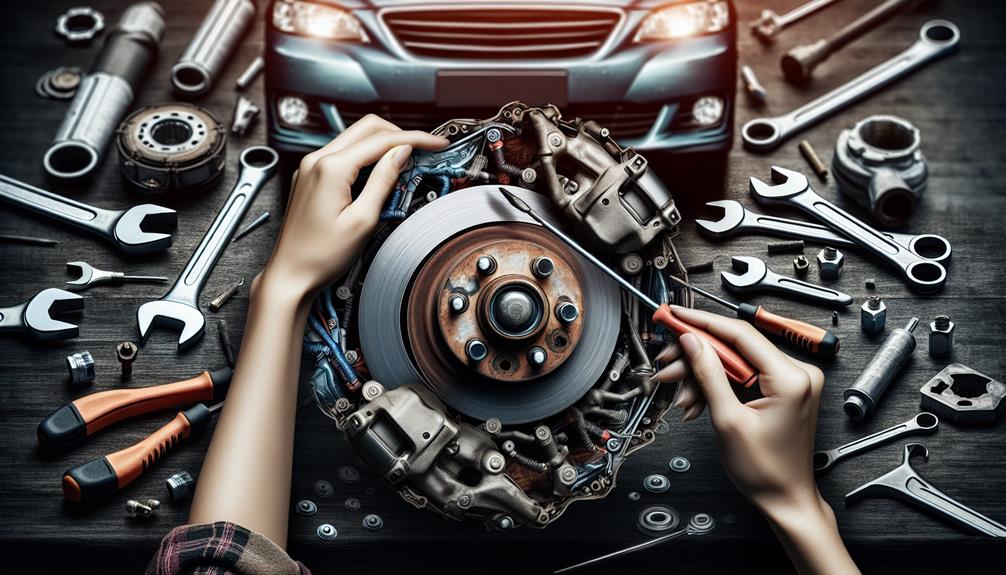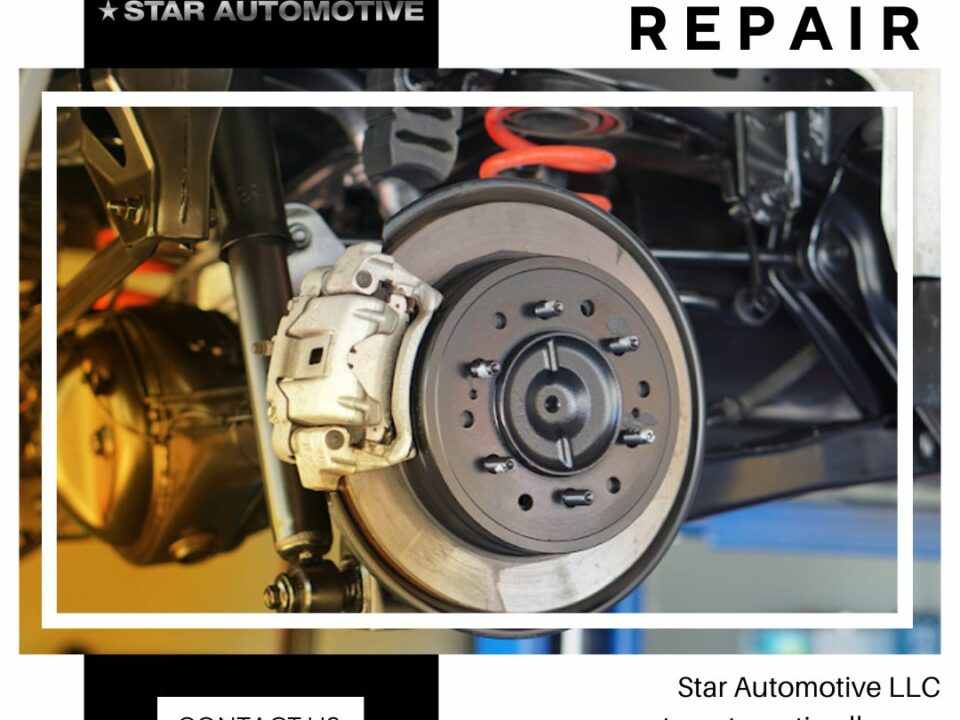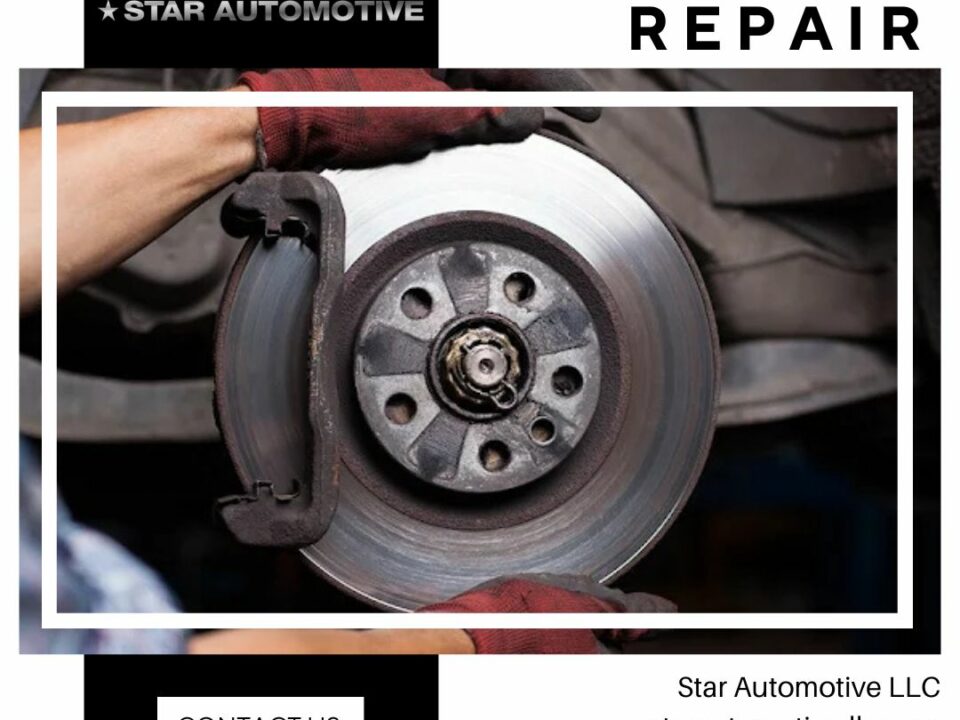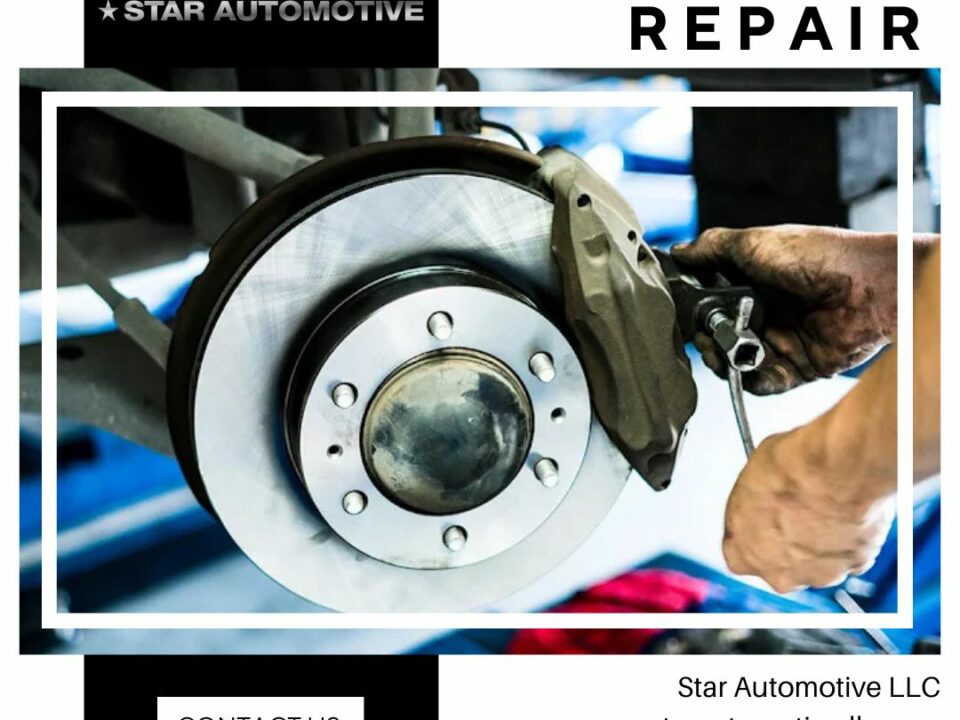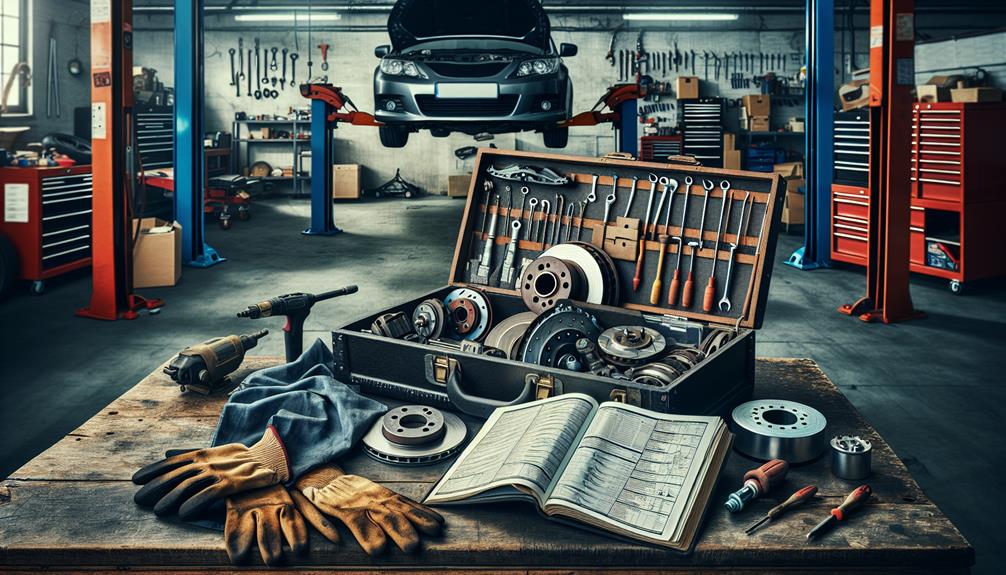
Stopping Power: The Essential Guide to Brake Repair and Maintenance
February 14, 2024Explore the Beauty of Nature at Camarillo Grove Park, California
February 15, 2024In the expansive realm of automotive maintenance and brake repair, a mastery of brake system components stands as a paramount skill set for any professional technician. This intricate system, comprising of a myriad of parts such as the brake pedal, master cylinder, hydraulic lines, brake calipers, brake pads, and rotors, functions in an eloquent symphony to ensure vehicle safety and control. A proficient understanding of each component, their role within the broader system, and the technical acumen to diagnose and repair faults within this assembly are the hallmarks of a skilled practitioner in this field. As we dissect the complexities of this essential system, we invite you to ponder the question – are you poised to elevate your understanding and skills in brake component repairs to the next level?
Understanding Brake System Components
To fully grasp the intricacies of brake component repairs, it is imperative to first understand the key components that make up the brake system and their respective functions. The brake system is a complex ensemble of parts working together to ensure your vehicle’s safety. The primary components include the brake pedal, master cylinder, brake lines, brake pads, and rotors. Each component is critical, from the brake pedal initiating the process, the master cylinder controlling hydraulic pressure, the brake lines transporting brake fluid, to the brake pads and rotors creating the friction to halt your vehicle. It’s a symphony of precision engineering, each part contributing to a whole that exceeds the sum of its parts. Understanding this interconnectedness is the first step toward mastering brake repairs.
Step-by-Step Guide to Brake Repairs
Embarking on the process of brake repairs requires a systematic and meticulous approach, which begins with the careful identification and inspection of each brake component. This involves an in-depth scrutiny of the brake pads, rotors, and calipers.
– Brake Pads: Check for wear and tear. Replace if the pad’s friction material is less than 1/4 inch thick.
– Rotors: Look for any signs of scoring or uneven wear. If found, consider resurfacing or replacing them.
– Calipers: Ensure they are not stuck or leaking. If they are, replace or rebuild them.
This process, while seemingly straightforward, requires precision, patience, and a keen eye for detail. Mastering this skill will ensure your safety and extend the lifespan of your vehicle’s brake system.
Conclusion
In conclusion, mastering the art of brake repairs requires an intricate understanding of the system’s components and a step-by-step approach towards repair. The prowess of this skill can ensure the longevity of your vehicle while ensuring road safety. It is an ode to the brilliance of automotive engineering, a testament to human ingenuity. As the saying goes, “knowledge is power,” and in this case, the power to brake right and keep oneself and others safe on the road.

